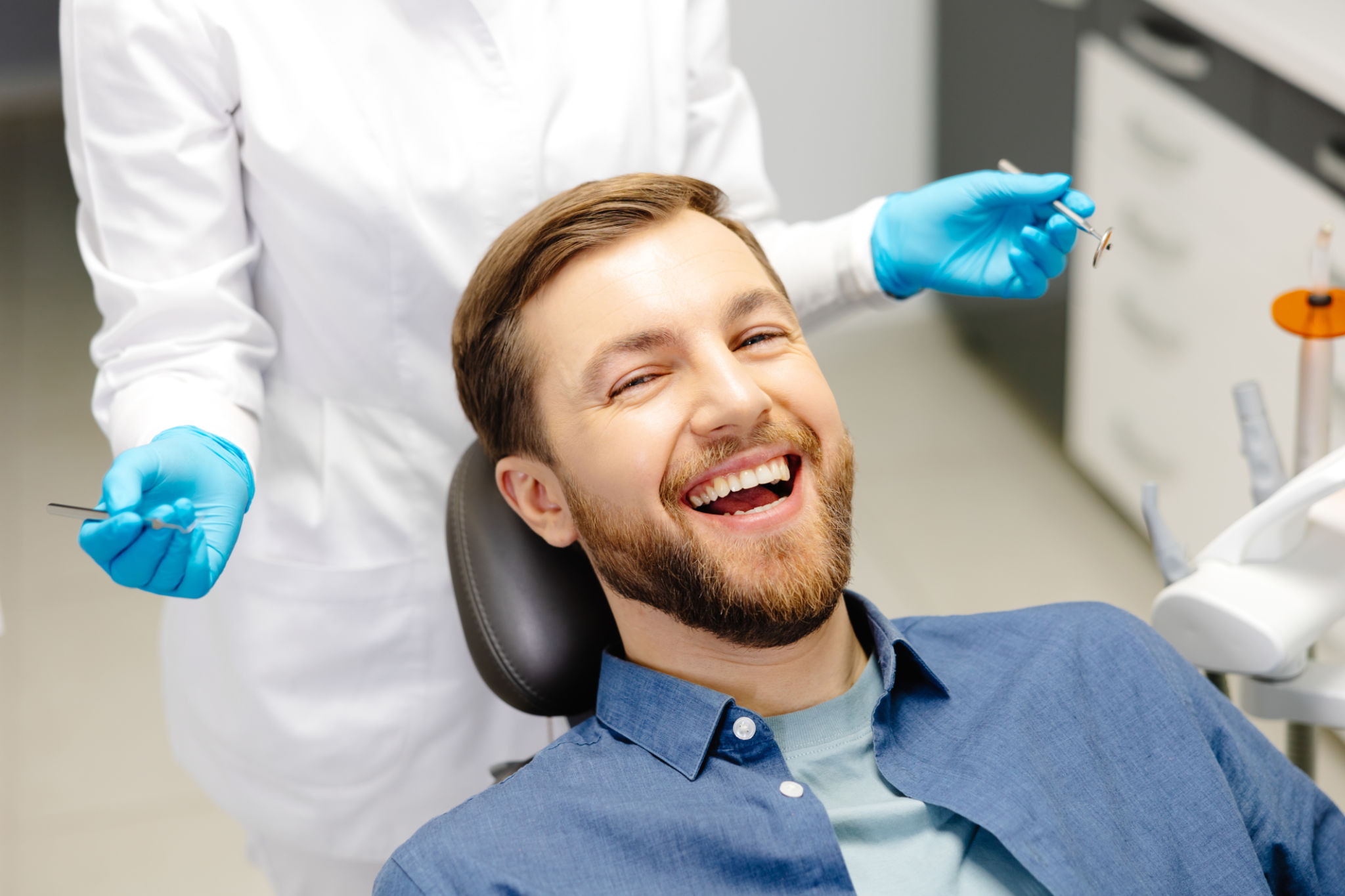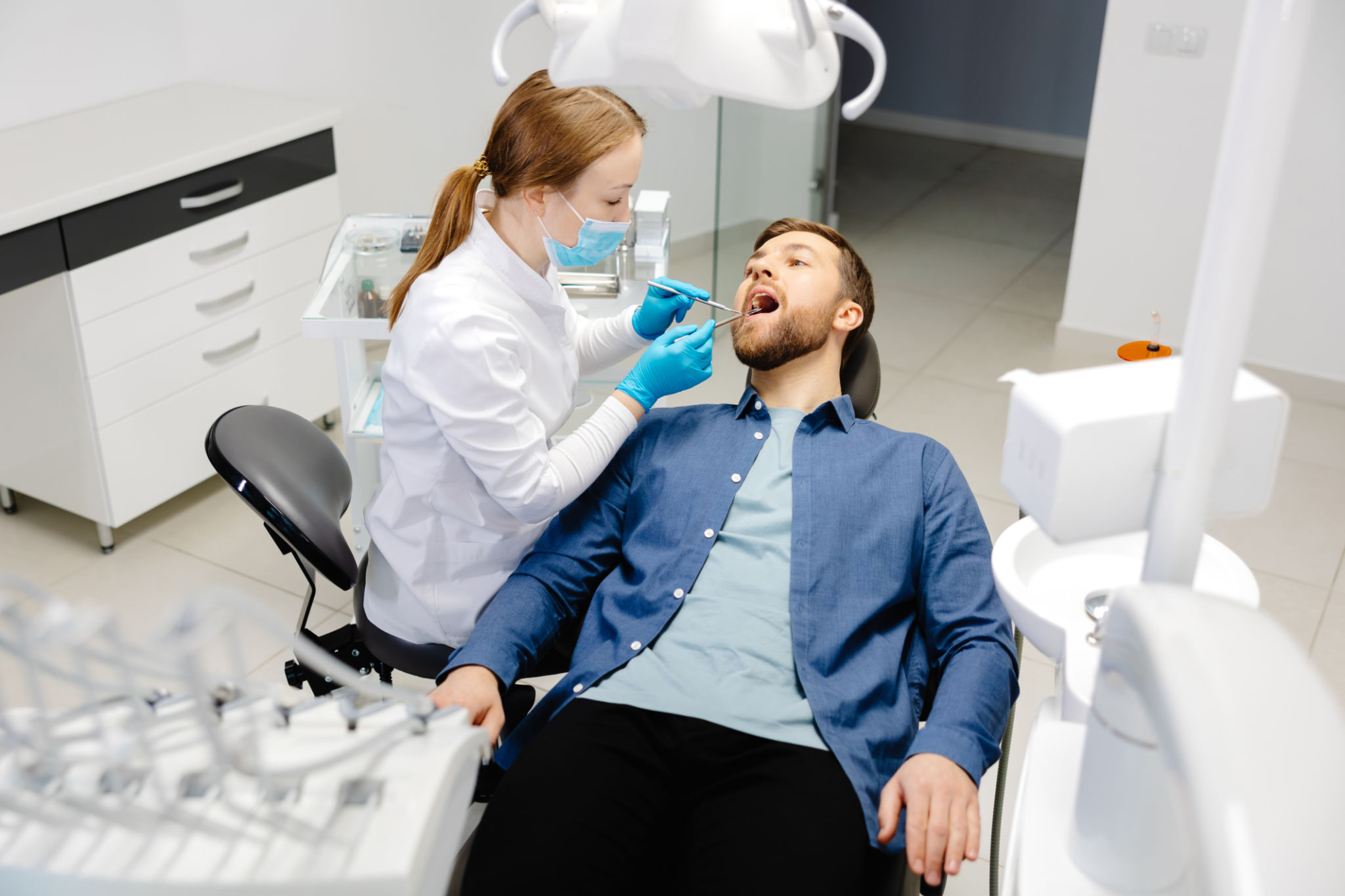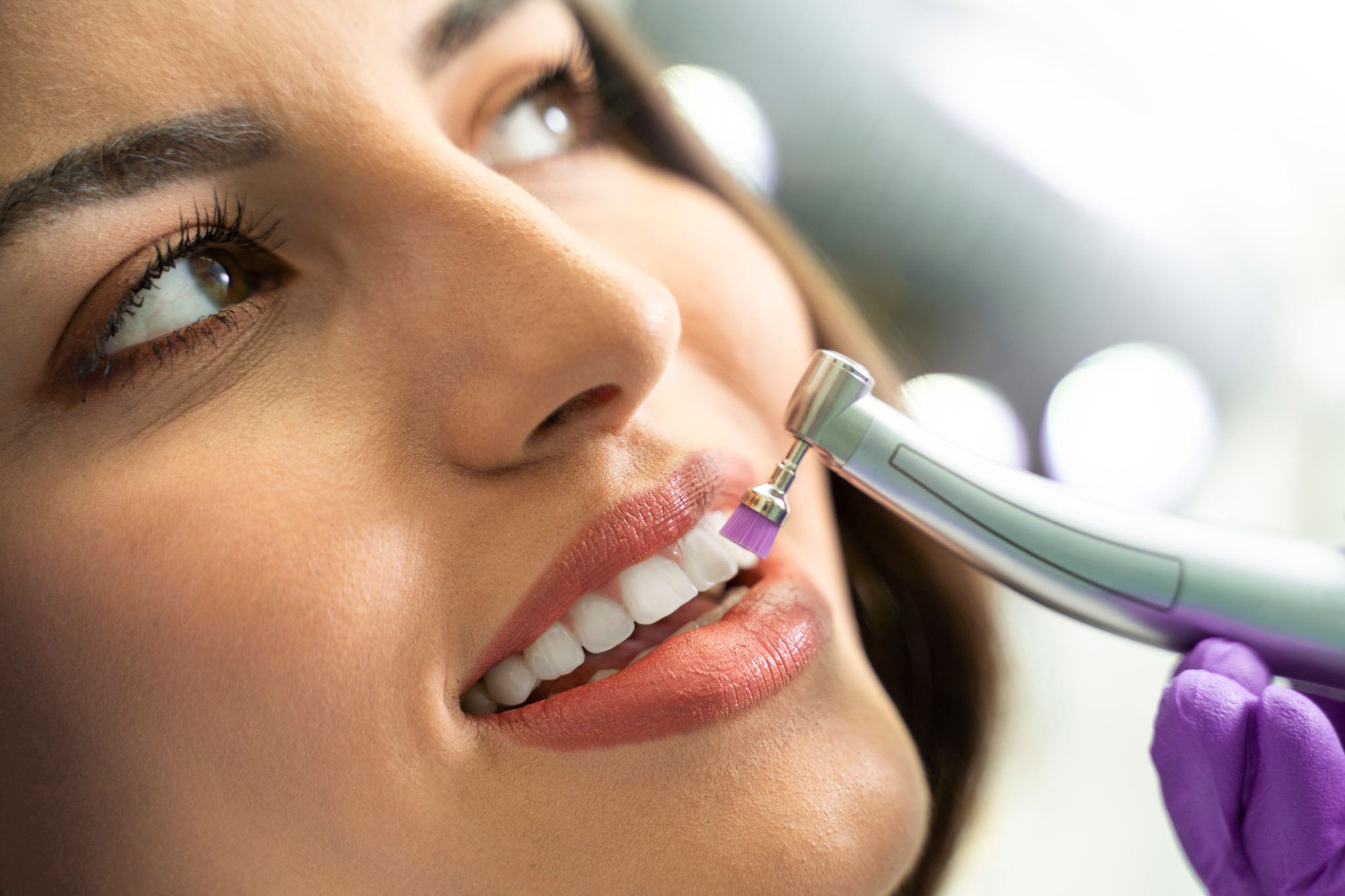The Ultimate Guide to Teeth Cleaning: What to Expect at Your Dental Visit
Introduction to Teeth Cleaning
Regular teeth cleaning is a cornerstone of maintaining optimal dental health. While daily brushing and flossing are essential, professional cleanings help remove plaque and tartar that regular home care cannot. If you're preparing for your routine dental visit, understanding what to expect can make the experience smoother and more beneficial.

The Importance of Professional Teeth Cleaning
Over time, plaque hardens into tartar, which can't be removed by brushing alone. Professional cleaning not only helps in removing these deposits but also in preventing gum disease and tooth decay. Dentists recommend having your teeth cleaned at least twice a year to maintain a healthy smile.
During a cleaning session, dental professionals can also detect potential issues early, saving you from more extensive and costly treatments later. A proactive approach to dental care ensures your oral health remains in top condition.
What Happens During a Dental Cleaning?
Initial Examination
Your teeth cleaning appointment typically begins with a thorough examination. The dentist or dental hygienist uses a small mirror to check around your teeth and gums for any signs of inflammation, decay, or other concerns. This step is crucial to tailor the cleaning process to your specific needs.

Removing Plaque and Tartar
The next step involves the removal of plaque and tartar using a tool called a scaler. The hygienist carefully scrapes away these deposits around the gum line and between the teeth. This process may take some time, depending on the amount of tartar buildup.
Deep Cleaning and Polishing
Once all the tartar is removed, the hygienist will brush your teeth with a high-powered electric brush and a gritty toothpaste. This step helps remove any remaining particles and polishes your teeth to make them smooth and shiny.

The Finishing Touches
Flossing and Rinsing
After polishing, the hygienist will floss your teeth to ensure any debris is removed from between your teeth. This step also helps in assessing areas that may need more attention in your regular flossing routine. Finally, you'll rinse out your mouth to remove any leftover debris.
Fluoride Treatment
The final step of a professional cleaning often includes a fluoride treatment, which helps protect your teeth against cavities until your next visit. The fluoride is applied to your teeth as a gel, foam, or varnish and left on for a few minutes to strengthen your enamel.
Post-Cleaning Care Tips
After your dental visit, you might feel some sensitivity, but this should subside quickly. To maintain the cleanliness of your teeth, continue with diligent brushing twice a day, floss daily, and consider using an antiseptic mouthwash. These practices help prolong the benefits of your professional cleaning.
If you haven't scheduled your next dental cleaning yet, now's the perfect time to do so. Regular check-ups and cleanings are vital in preventing dental issues and keeping your smile bright and healthy.
